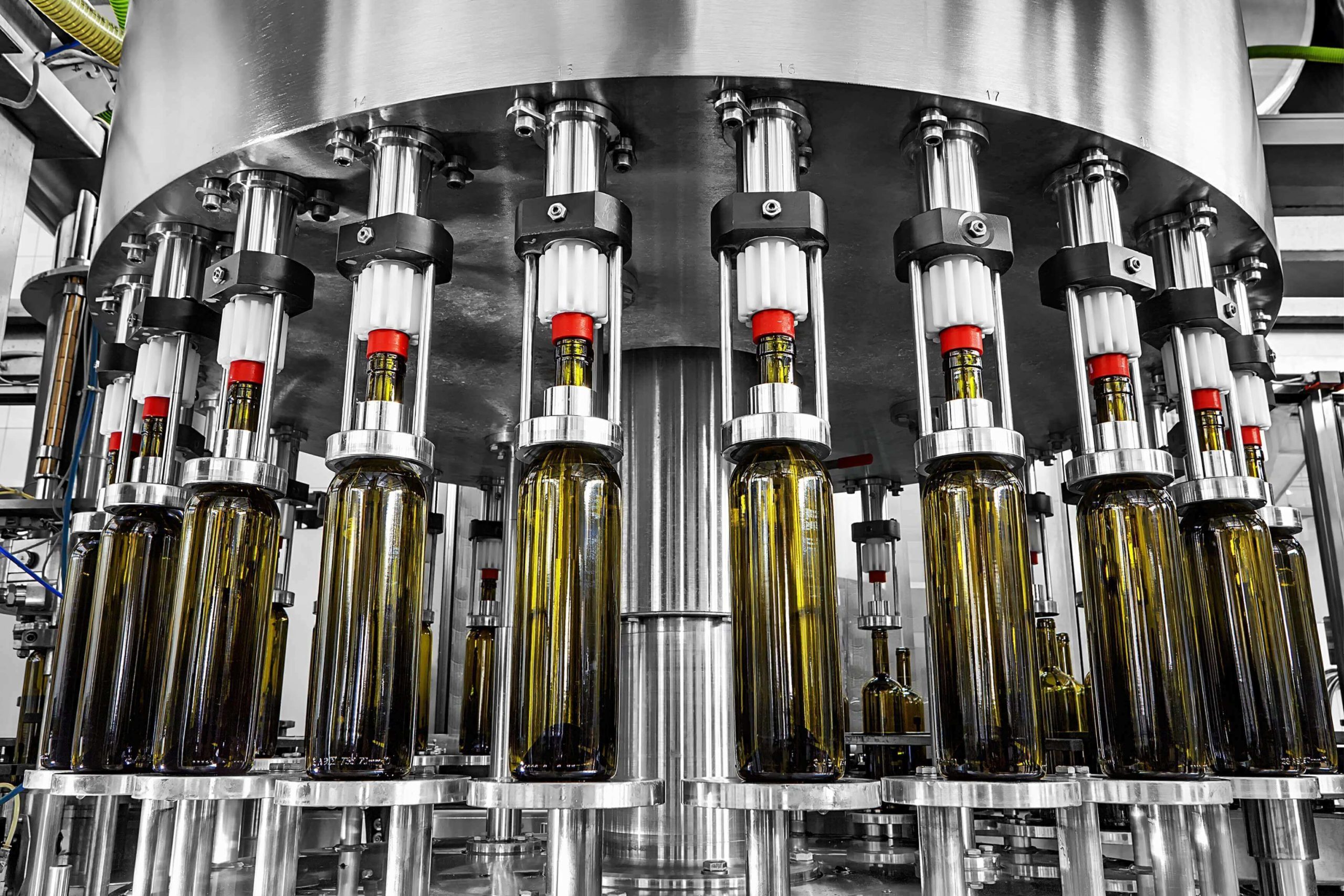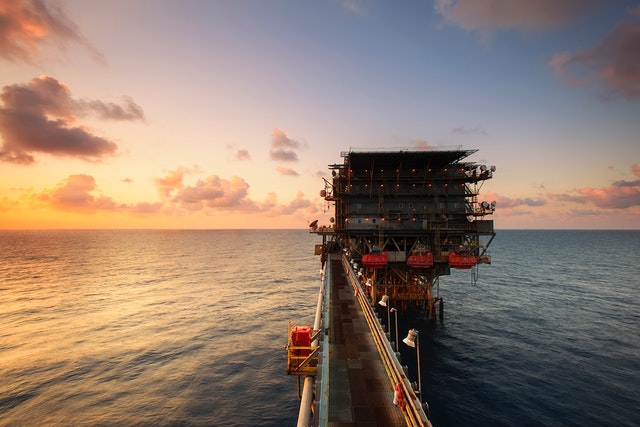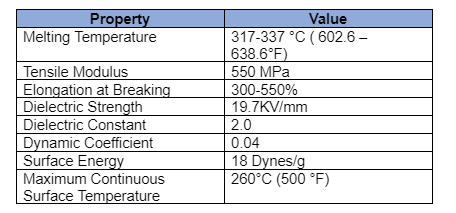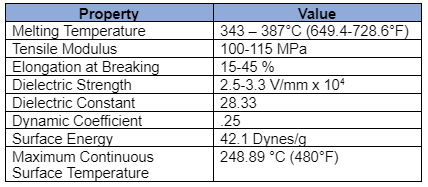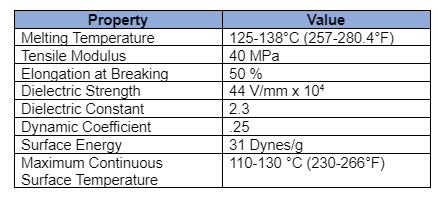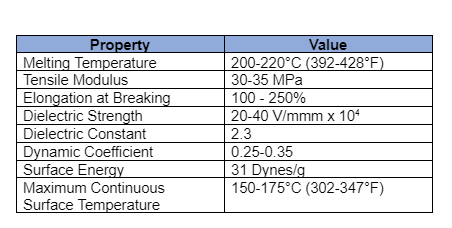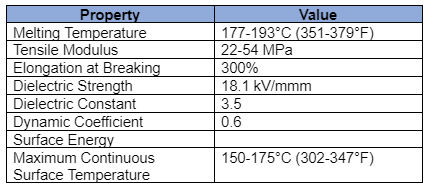There are numerous challenges associated with polymer seals for the food and dairy industries, and the complications are numerous. From hygiene by design and zero tolerance for contamination to the unbelievably high cost of recalls, to temperature swings and moisture issues, engineers put in a significant amount of work to ensure that polymer seals are designed and specified correctly.
This blog post will explore the challenges and discuss solutions to each one.
Challenge 1: Surviving sanitation cycles (CIP/SIP)
CIP (Clean In Place) and SIP (Sanitize In Place) are harsh on seals and can involve repeated exposure to hot caustics, oxidizers, steam, and sometimes UV radiation. Additionally, the thermal spikes that often accompany CIP/SIP can lead to dimensional issues due to expansion and contraction. Issues with moisture absorption during the sanitation cycles are also a major problem.
Engineers need to consider the chemical intertness of the polymer chosen, as well as dimensional stability through temperature changes and low moisture absorption. Materials such as PTFE and UHMW-PE are an ideal choice for addressing these issues. They can retain key properties across cryogenic to steam conditions and withstand the most common CIP/SIP chemicals. Finally, PTFE is stable under exposure to UV used for sanitation.
Challenge 2: Chemical compatibility with cleaners and barrier fluid
Some of the common chemicals that are used to clean food and dairy equipment include . . .
- Alkaline cleaners (such as sodium hydroxide-based)
- Acidic cleaners (such as phosphoric or nitric acid)
- Oxidizing agents like sodium hypochlorite (bleach) or peracetic acid
- Quaternary ammonium compounds (quats)
These chemicals can lead to various issues, depending on the material used for the seal, including softening, hardening, and cracking. However, PTFE and UHMW-PE are minimally reactive to such chemicals.
Challenge 3: Contamination control and lubricant management
In the food and dairy industry, any external lubricant can become a contaminant; even “food-grade” oils complicate HACCP plans. This severely limits the type of polymers that can be used for seals; however, PTFE and UHMW-PE are both self-lubricating and can handle dry running.
Challenge 4: Moisture, swelling, and dimensional drift
Hot washdowns and steam can drive steam into hygroscopic materials, which leads to swelling and dimensional drift that can, in turn, cause compression and changes in clearances. PTFE and UHMW-PE exhibit negligible moisture absorption, which enhances fit and facilitates improved leak control after washdown.
Challenge 5: Abrasion and scratch avoidance on product-contact surfaces
Product-contact surfaces must stay as free as possible of abrasions and scratches because such surface imperfections can trap microbes and residues. For this reason, surfaces must be durable, smooth, and easy to clean. UHMW-PE offers exceptional abrasion resistance while remaining gentle to mating surfaces, and PTFE has a very low surface energy that effectively sheds debris.
Challenge 6: Wear life and unplanned downtime
When seals fail, there is a much higher risk of contamination and increased downtime. Both are expensive to deal with. PTFE and UHMW-PE both exhibit excellent wear resistance, which can extend service life and reduce the frequency of unplanned downtime.
Challenge 7: Taste, odor, and extractables
Some polymers leach flavors or odors into sensitive products, which is unacceptable in the food and dairy industry. However, both PTFE and UHMW-PE do not impart any taste or odor, and are non-toxic, making them an ideal solution to this challenge.
Challenge 8: Compliance and hygienic standards
Finally, engineers must navigate the FDA, 3-A Dairy, and customer audits while balancing performance and cost. Fortunately, PTFE and UHMW are available in FDA-compliant grades and are used in 3-A Dairy-compliant designs.
PTFE vs. UHMW-PE Seals in Food and Dairy Applications
Here is a table to help you choose between PTFE and UHMW-PE for polymer seals in the food and dairy industry.
| If Your Primary Concern Is… | Choose: | Reason |
| Aggressive chemicals, oxidizers, or caustic CIP/SIP agents | PTFE | Unmatched chemical inertness and high-temperature stability |
| Steam sterilization or UV sanitation | PTFE | Handles heat and radiation without degradation |
| Abrasion, impact, or misalignment | UHMW-PE | Excellent toughness and wear resistance |
| Cost-effective wear surfaces in moderate cleaning regimes | UHMW-PE | Economical and durable for non-critical seals |
| Low friction, precision dynamic sealing | PTFE | Very low coefficient of friction and dry-running capability |
| Hygienic, FDA / 3-A compliant design | Either | Both are available in food-grade, non-contaminating formulations |
Solutions for Polymer Seals in Food and Dairy Applications
There are several challenges engineers face when designing for food and dairy designs. However, the right choice of material can address many of these issues, and both PTFE and UHMW-PE are popular choices.
The experts at Advanced EMC are here to help you find the right sealing solution, from the type of seal you need to the best material for your food and dairy applications. Contact us today to learn more!

